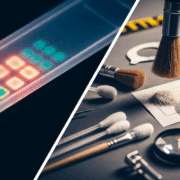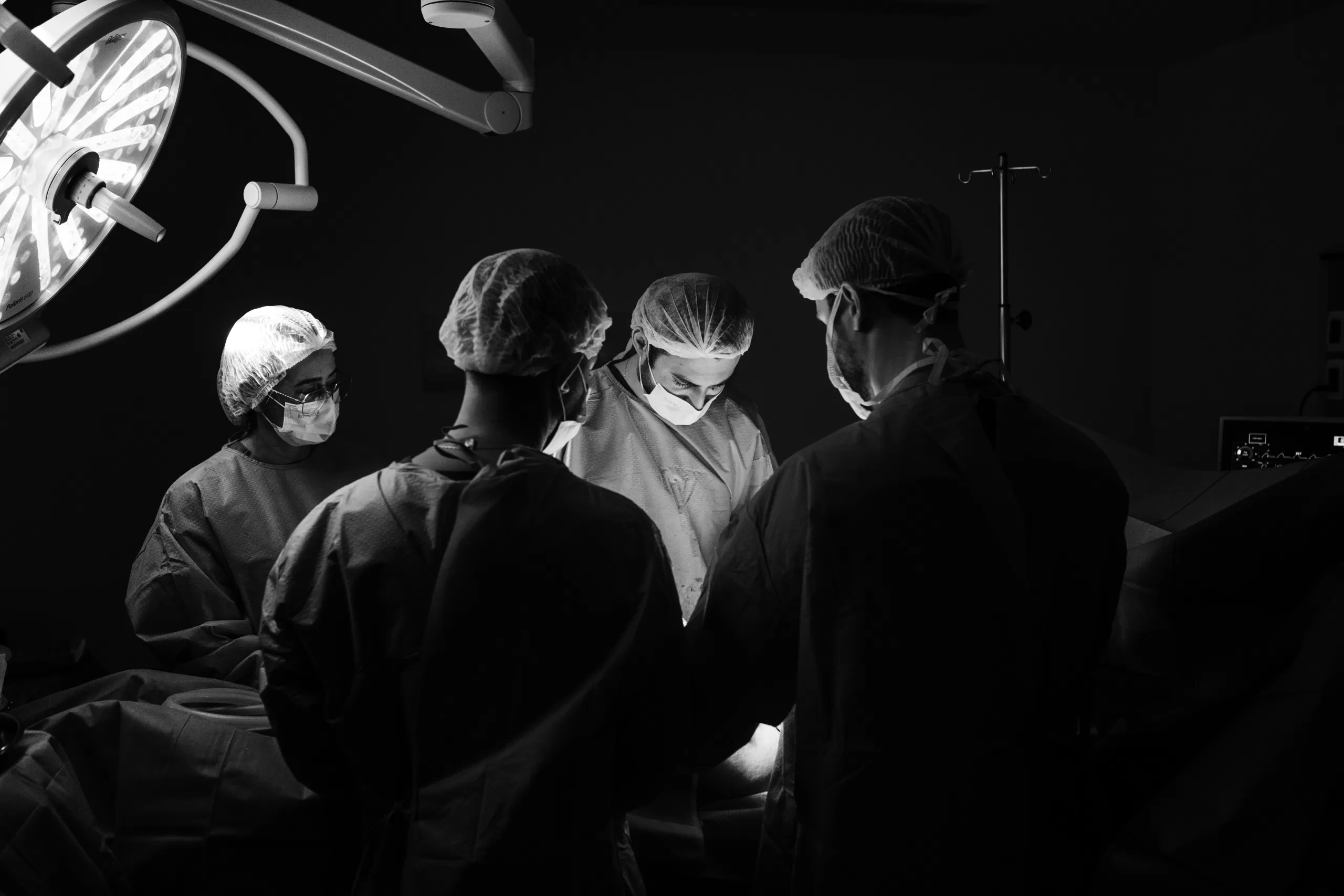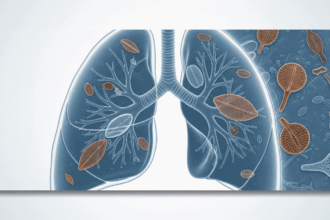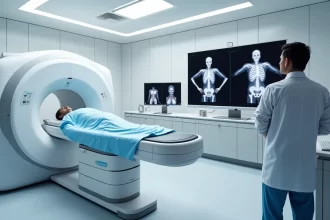Forensic pathology is a medical specialty that combines the principles of medicine and pathology with an understanding of legal procedures and forensic science Discover the fascinating field of Forensic Science, the application of scientific principles to legal matters. This post delves into its many disciplines, from DNA analysis to crime scene investigation, its importance in the justice system, Read Full Definition. It involves the examination of human remains to determine the cause and manner of death, including analysis of injuries and diseases.
Discover the fascinating field of Forensic Science, the application of scientific principles to legal matters. This post delves into its many disciplines, from DNA analysis to crime scene investigation, its importance in the justice system, Read Full Definition. It involves the examination of human remains to determine the cause and manner of death, including analysis of injuries and diseases.
Forensic pathology plays a crucial role in many facets of forensic science. Pathologists work closely with law enforcement agencies, lawyers, coroners, and medical examiners to investigate suspicious deaths and provide evidence Evidence is any form of proof, such as objects, materials, or scientific findings, presented to establish or disprove a fact in a legal proceeding. It is used to reconstruct events and link or exclude individuals Read Full Definition for criminal trials. By examining tissue samples, fluids, and organs, forensic pathologists can establish the cause of deathThe cause of death refers to the specific injury, disease, or underlying condition that directly leads to an individual's demise. It is a critical determination made by medical professionals, such as Medical Examiners or Coroners, Read Full Definition and identify any injuries or wounds present.
Evidence is any form of proof, such as objects, materials, or scientific findings, presented to establish or disprove a fact in a legal proceeding. It is used to reconstruct events and link or exclude individuals Read Full Definition for criminal trials. By examining tissue samples, fluids, and organs, forensic pathologists can establish the cause of deathThe cause of death refers to the specific injury, disease, or underlying condition that directly leads to an individual's demise. It is a critical determination made by medical professionals, such as Medical Examiners or Coroners, Read Full Definition and identify any injuries or wounds present.
Forensic pathology is also important for identifying victims of crime or disaster, as well as determining the time since death. In cases of homicide, forensic pathologists can help piece together the sequence of events leading up to a person’s death, which can be used to build a case against a suspect.
Overall, forensic pathology is essential in providing objective evidence in legal proceedings, helping to bring justice to victims and their families, and supporting the criminal justice system as a whole.
The roles and responsibilities of a forensic pathologist include:
- Conducting autopsies: Forensic pathologists perform autopsies on individuals who have died under suspicious or unexpected circumstances. They examine the body to determine the cause and manner of death and evaluate any injuries or illnesses that may have contributed to the death.
- Determining the time of death: Forensic pathologists use a variety of techniques, including body temperature analysis and insect activity, to determine the approximate time of death.
- Collecting and analyzing evidence: Forensic pathologists gather evidence that may help determine the cause of death, such as bodily fluids or samples. They also analyze this evidence using various laboratory techniques.
- Testifying in court: Forensic pathologists are sometimes called upon to testify in court cases regarding their findings from autopsies and other evidence.
- Working with law enforcement agencies: Forensic pathologists work closely with law enforcement agencies to help investigate crimes and establish the cause of death of victims. They may also assist in identifying unknown deceased individuals.
- Keeping accurate records: Forensic pathologists are responsible for maintaining detailed and accurate records of their investigations and findings. These records can be used in later legal proceedings or scientific research.
To work as a forensic pathologist, you will need to have several skills and qualities that are essential to the job. These include:
- Attention to detail: Forensic pathologists must be able to pay close attention to details during an autopsyAn autopsy, also known as a post-mortem examination or necropsy (when performed on animals), is a thorough and systematic medical procedure that involves the examination of a deceased person's body, typically to determine or confirm Read Full Definition.
- Strong analytical skills: They must be able to analyze complex information and make accurate conclusions based on evidence.
- Critical thinking: Forensic pathologists must be able to think critically and develop hypotheses based on available evidence.
- Communication skills: They must be able to communicate effectively with colleagues and law enforcement officials, both in writing and orally.
- Emotional resilience: The job of a forensic pathologist can be emotionally challenging, and it’s important to be able to handle the stress and impact of working with deceased individuals.
- Time management skills: Forensic pathologists often work under tight deadlines and must be able to manage their time effectively to ensure timely delivery of reports and results.
- Knowledge of anatomy and physiology: Forensic pathologists must have a strong understanding of the human body, including its structures and functions.
- Ability to work well under pressure: Autopsies and other aspects of forensic pathology can be highly stressful and emotionally challenging, so it’s important to be able to handle pressure well.
- Excellent communication skills: Forensic pathologists must be able to communicate complex medical information clearly and effectively to other professionals, as well as to families and legal representatives.
- Attention to safety: They must be able to follow strict protocols related to cleanliness and safety in order to prevent infection or contaminationContamination - The unwanted transfer of material from another source to a piece of physical evidence. The inadvertent touching of a weapon, thereby adding fingerprints to it is an example of evidence contamination. Read Full Definition during an autopsy.
- Knowledge of legal and investigative procedures: Since forensic pathology is often part of legal investigations, it’s important to have a good understanding of the criminal justice system and investigative processes.
Forensic pathology involves the use of a variety of technologies to investigate and document causes of death. Some of the most common technologies include:
- Imaging technologies: X-rays, computed tomography (CT) scans, magnetic resonance imaging (MRI), and ultrasound are used to produce images of internal organs and bones.
- Microscopy: Microscopes are used to examine tissues and fluids at a cellular level. This can help identify causes of death such as infections, cancer, or other diseases.
- Toxicology: Toxicology analysis is performed to detect drugs, alcohol, and poisons in bodily fluids, such as blood or urine.
- Molecular biology: DNA
 DNA, or Deoxyribonucleic Acid, is the genetic material found in cells, composed of a double helix structure. It serves as the genetic blueprint for all living organisms. Read Full Definition analysis can be used to identify individuals, including victims, suspects, and perpetrators.
DNA, or Deoxyribonucleic Acid, is the genetic material found in cells, composed of a double helix structure. It serves as the genetic blueprint for all living organisms. Read Full Definition analysis can be used to identify individuals, including victims, suspects, and perpetrators. - Autopsy equipment: Forensic pathologists use specialized autopsy equipment, such as saws, scalpels, and forceps, to collect tissue and fluid samples, and to perform detailed examinations.
- Other tools: Other tools commonly used in forensic pathology include digital cameras and software for image processing, body temperature sensors, and tools for measuring livor mortis, the pooling of blood in body tissues after death.
Forensic pathology is a specialized field of medicine that focuses on the investigation of deaths and injuries that may be related to criminal activity, accidents, or other suspicious circumstances. The work of a forensic pathologist involves conducting autopsies, analyzing medical evidence, and providing expert testimony in court cases.
Here are the step-by-step processes involved in becoming a forensic pathologist:
Step 1: Complete a Bachelor’s Degree
Forensic pathology requires a strong foundation in science, so individuals who want to pursue this career should begin by completing a bachelor’s degree in a relevant field such as biology, chemistry, or forensic science.
Step 2: Attain a Medical Degree
To become a forensic pathologist, it is necessary to obtain a medical degree from an accredited medical school. This typically takes four years and involves both classroom education and clinical rotations.
Step 3: Complete Residency Training
After obtaining a medical degree, aspiring forensic pathologists must complete a residency program in pathology. This usually takes four to five years and provides hands-on training in the diagnosis of disease and medical conditions.
Step 4: Pursue Fellowship Training
After completing a pathology residency, aspiring forensic pathologists may choose to pursue a fellowship in forensic pathology. This specialized training typically takes an additional one to two years and provides further expertise in the investigation of deaths and injuries related to criminal activity.
Step 5: Obtain Board CertificationCertification is a process through which a scientist can demonstrate their knowledge and competence in a particular field or in performing specific assays. It involves meeting established standards and requirements set by a certifying body. Read Full Definition
Board certification through the American Board of Pathology is not required to practice Forensic Pathology, but is highly recommended. To obtain board certification, candidates must pass an exam that tests their knowledge and skills in the field.
Step 6: Begin Practice as a Forensic Pathologist
Once board certified, the forensic pathologist can begin working either in a government or private capacityThe amount of finished product that could be produced, either in one batch or over a defined period of time, and given a set list of variables. Read Full Definition conducting autopsies, analyzing medical evidence, and providing expert testimony in court cases.
In conclusion, becoming a forensic pathologist requires significant educational and training requirements, but for those with a passion for medicine and the desire to help solve complex cases, it can be a highly rewarding and fulfilling career.
The salary scale for forensic pathologists can vary depending on a number of factors, such as location, experience, and level of education. Here are some average salary ranges for forensic pathologists around the world:
- United States: $60,000 to $370,000 per year
- Canada: CAD 130,000 to CAD 300,000 per year
- United Kingdom: £37,191 to £112,683 per year
- Australia: AUD 100,000 to AUD 400,000 per year
- Germany: €50,000 to €150,000 per year
- India: INR 600,000 to INR 2,500,000 per year
Please note that these are just average salary ranges and there may be variations based on experience, employer, location, and other factors.












